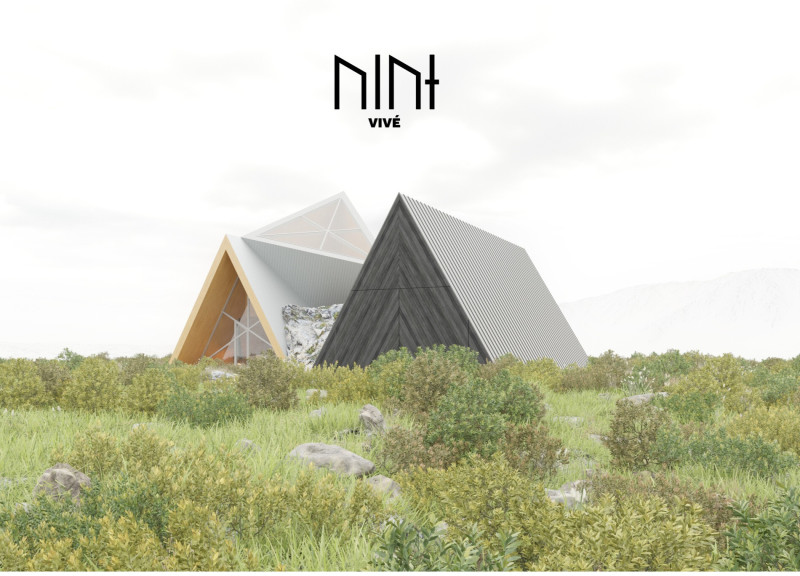5 key facts about this project
A key function of the project is to serve as a [insert function], which necessitates a careful consideration of spatial organization and flow. The design cleverly utilizes open spaces that promote interaction and collaboration among users. This openness is achieved through a series of interconnected areas that facilitate both movement and engagement. The thoughtful arrangement of these spaces ensures that natural light permeates deep into the building, enhancing the environment for its occupants while reducing reliance on artificial lighting.
Materiality plays a significant role in the project's identity. A selection of high-quality materials has been employed, each carefully chosen for its aesthetic and functional properties. Notable materials include [list all materials used, such as reinforced concrete, glass, timber, brick, etc.], which together create a cohesive and inviting atmosphere. The façade, made of [specific material or materials], not only adds visual interest but also reflects the surrounding context, effectively blurring the lines between the built environment and nature. Large windows and strategically placed openings allow for passive ventilation and environmental control, reinforcing sustainability principles.
Incorporating elements of biophilic design, the project introduces nature into its architecture, using [mention any landscaping, water features, or interior greenery]. This connection to nature enhances the well-being of the users and reflects a broader trend in contemporary architecture that values ecological considerations. Rooftop gardens and green walls are positioned to provide recreational spaces while mitigating urban heat, further emphasizing the design’s commitment to sustainability.
A unique design approach evident in this project is its emphasis on adaptability. The spaces are designed not just for their current use but with flexibility in mind, allowing for future modifications to meet evolving needs. This is particularly beneficial in today’s fast-changing world, where the requirements of inhabitants can shift dramatically. By designing multifunctional spaces that can be easily transformed, the project embodies a forward-thinking attitude that prioritizes longevity.
The architectural designs exhibit a modern aesthetic while respecting the cultural context, creating a dialogue between the past and the present. The designers have taken care to reference local styles and materials, ensuring the building feels inherently connected to its geographical location. This respectful approach fosters community pride and enhances the architectural landscape of the area, distinguishing this project within its context.
As one explores further into the architectural plans, sections, and design details, it becomes evident that the project not only meets present needs but is also poised to serve future generations. The balance of innovative design solutions and practical functionality offers robust insights into contemporary architectural philosophies. Readers interested in delving deeper into the nuances of this architectural project are encouraged to explore the presentation of architectural ideas and considerations that contribute to its overall success. Engaging with these elements will provide a comprehensive understanding of the thoughtfulness embedded within this project, making it a valuable case study in modern architecture.


























